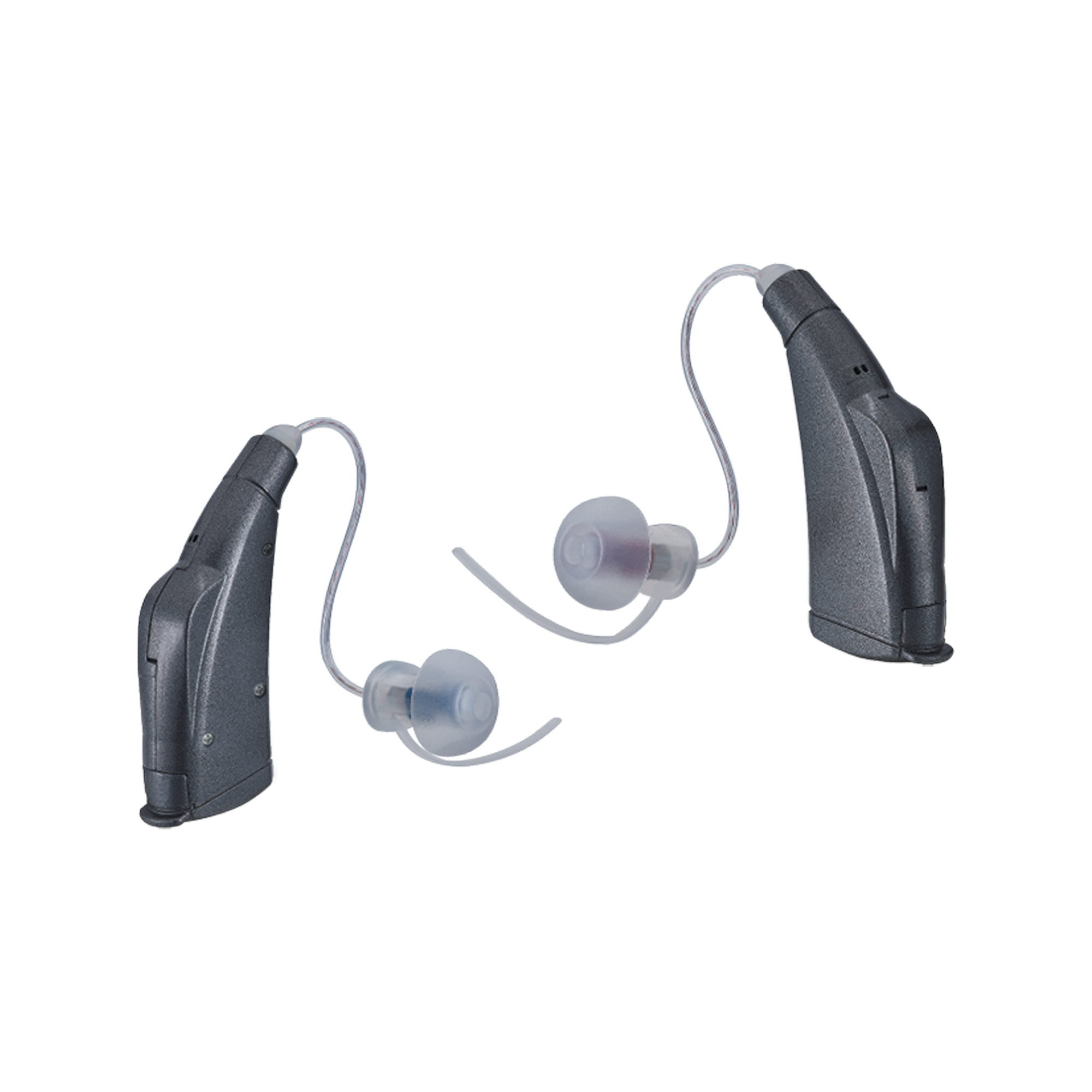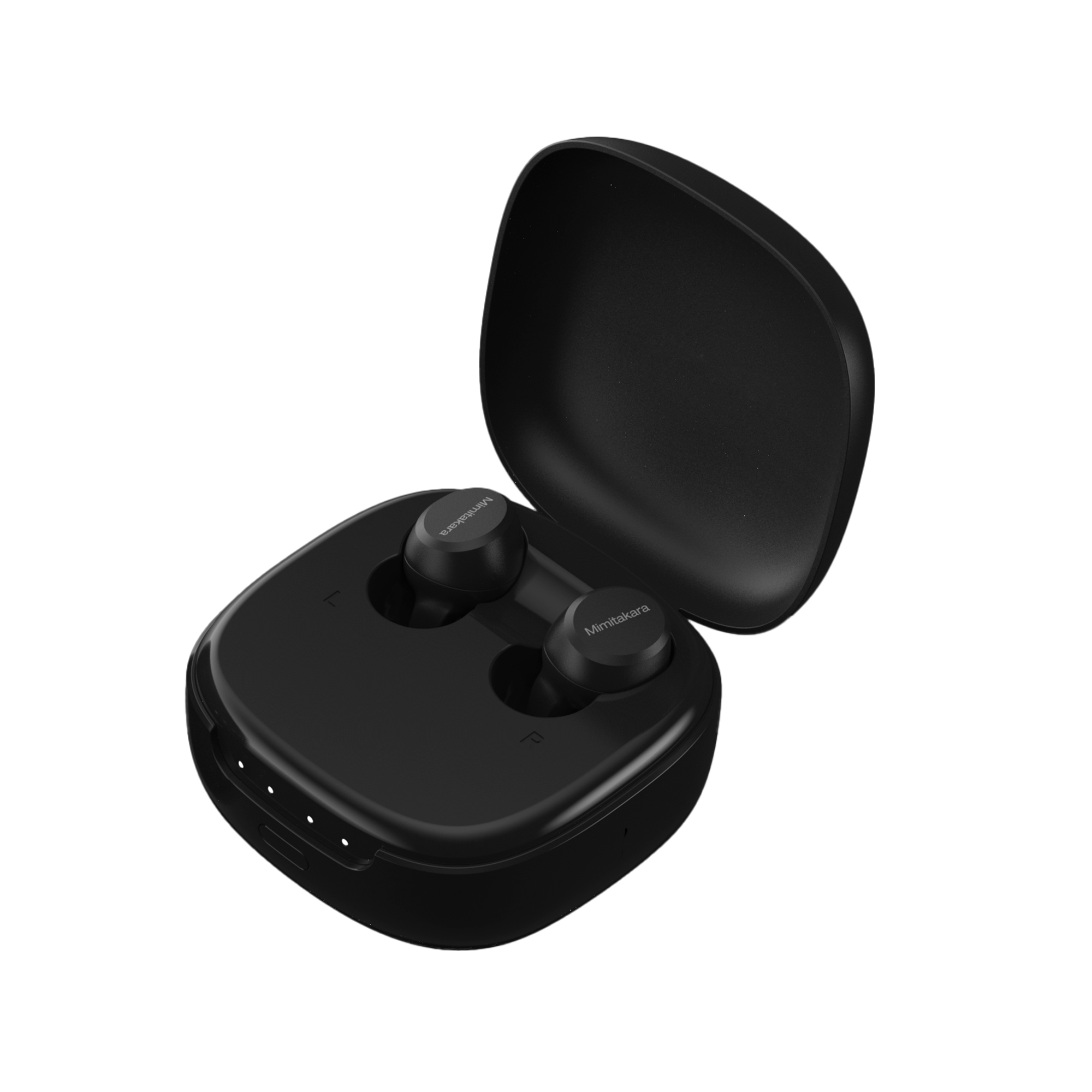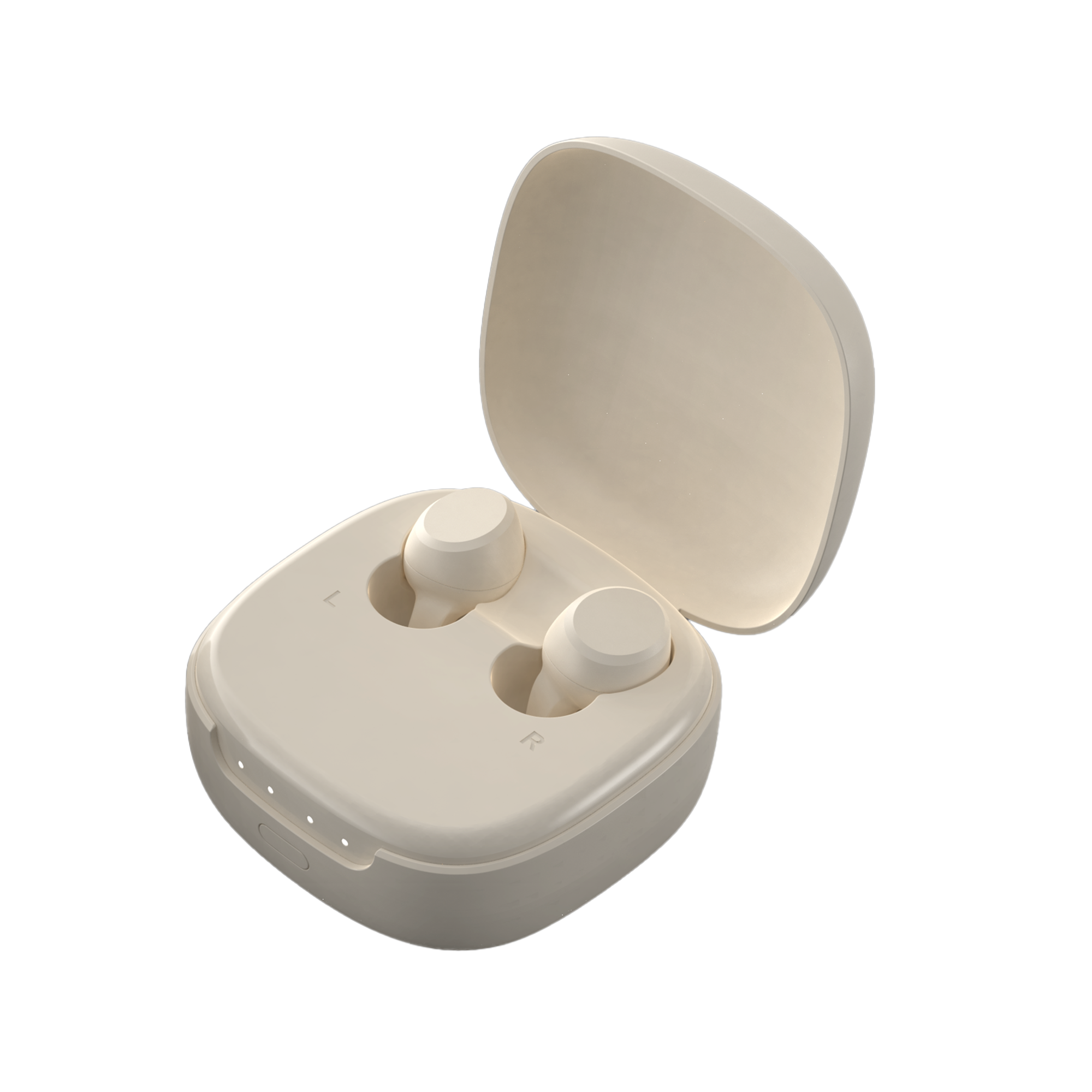For individuals with hearing loss, the potential exposure of hearing aids to moisture is a common concern. While completely waterproof hearing aids do not currently exist, understanding the various levels of water resistance becomes paramount. In this article, we'll explore the nuances of water resistance in hearing aids, deciphering Ingress Protection (IP) ratings, and providing practical tips to safeguard your devices against the challenges posed by moisture.
Deciphering Water Resistance with IP Ratings
Ingress Protection (IP) Ratings:
The level of water resistance in hearing aids is typically denoted by Ingress Protection (IP) ratings. These ratings consist of two digits, with the second digit specifically indicating the device's resistance to liquids.
Solid Particle Protection (First Digit): Ranges from 0 (no protection) to 6 (complete protection against dust).
Liquid Protection (Second Digit): Ranges from 0 (no protection) to 9 (protection against high-pressure water jets).
Understanding Water Resistance Levels
Not Water Resistant (IPX0): No special protection.
Water-Resistant (IPX1 to IPX3): Can handle light splashes of water but not immersion.
Water-Resistant to Spraying Water (IPX4 to IPX6): Can withstand water sprays from various directions.
Waterproof (IPX7 to IPX9): No hearing aids currently have this rating; they are not fully resistant to immersion.
Water-Resistant Hearing Aids
Many hearing aids are designed to be water-resistant, capable of withstanding light exposure to moisture like sweat, rain, or occasional splashes. However, they are not intended for full immersion in water.
Practical Considerations
While hearing aids labeled as water-resistant can handle everyday exposure to moisture, caution should be exercised during activities involving heavy rain or excessive sweating. It is advisable to remove them during water activities.
Tips for Maintaining Hearing Aids in Moist Environments
Check and Understand IP Ratings:
Prior to purchasing hearing aids, check and understand their IP ratings to gauge their resistance to moisture. Choose devices that align with your lifestyle and potential exposure to water.
Protective Measures:
Consider using protective covers or sleeves specifically designed for your hearing aids. These accessories provide an additional layer of defense against moisture.
Remove During Water Activities:
As hearing aids are not completely waterproof, removing them during water activities is a prudent approach. Store them in a dry, secure place to prevent potential damage.
Invest in Accessories:
Explore accessories like waterproof cases or drying kits offered by manufacturers. These accessories can enhance the protection of your hearing aids and contribute to their longevity.
Regular Maintenance:
Clean your hearing aids regularly to ensure they are free from debris, wax, or moisture. Employ a soft, dry cloth and adhere to the manufacturer's guidelines for maintenance.
While completely waterproof hearing aids are not currently available, understanding the water resistance levels of your devices and implementing protective measures can help you navigate daily life with confidence. By being mindful of the limitations and care guidelines for your hearing aids, you ensure they remain reliable companions in the diverse environments you encounter, even if the journey involves a bit of rain or a splash of water. Want to find out more about hearing aids? Come check out our blog!










